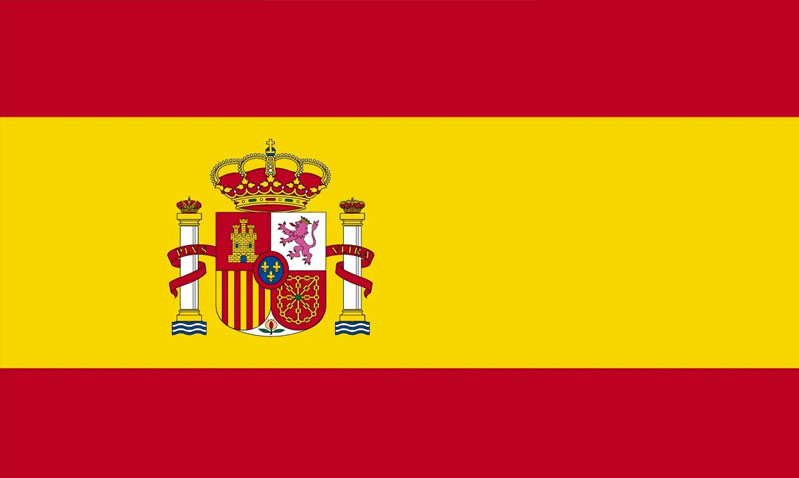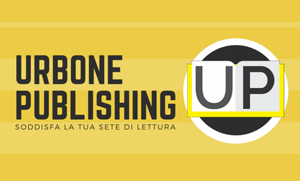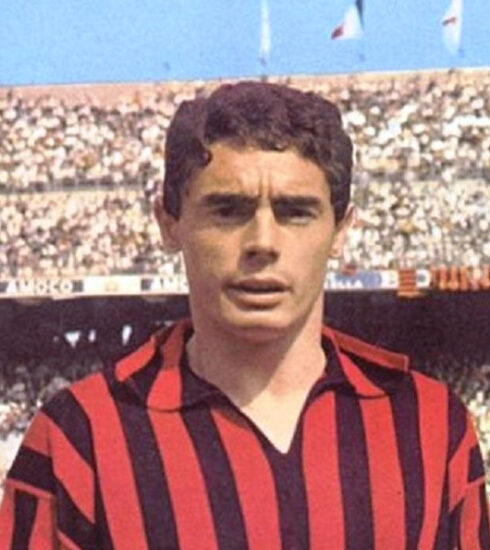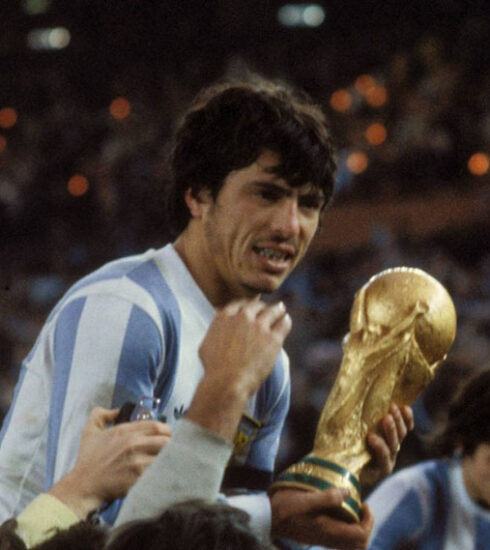MIGUEL ANGEL MONTUORI: The ‘Michelangelo’ with a sealed fate



Fulvio ‘Fuffo’ Bernardini’s Fiorentina finished the 1954-1955 season in fifth place. It is not a result that fully satisfies him, nor the management, nor even the purple fans who, after the third place in the previous season, expected a Fiorentina capable of undermining the dominance of the northern teams. Bernardini, who had always made technique the main aspect of his teams, asked the management to strengthen the team with players capable of raising the team’s quality level.
President Enrico Befani put his hand in his pocket and satisfied Bernardini by bringing to Florence the talented Brazilian winger Julinho (Bernardini’s old pet project) and an almost unknown Argentine striker by the name of Miguel Angel Montuori.
But if there are few doubts about the former (his performances at the Swiss World Cup the previous year with the Brazil jersey spoke unequivocally of his qualities) there are many doubts about the latter, and not entirely unfounded.
Montuori, born in Rosario in 1932 to an Argentine mother and an Italian father (a Neapolitan fisherman) in Argentina, played a couple of anonymous seasons with Racing of Avellaneda before moving to Chile.
Here he was noticed by a priest, a certain Padre Volpi, an Italian with a passion for fútbol, who warmly recommended him to the Fiorentina management.
The Universidad Católica of Santiago, however, had no intention of depriving themselves of their jewel, capable of leading the team to the title with his goals in the season that had just ended.
For eighteen million lire, the deal was closed.
Just a few games were enough to realise that Montuori was worth all that money.
First a goal against Juve in the third game of the championship (an away Viola victory by four goals to nil!), then a brace that knocked out Torino at the Stadio Comunale in the final minutes, but above all a goal in the triumph at San Siro against reigning champions AC Milan made it clear once and for all that Fiorentina had found the right square of the circle.
The definitive consecration came on 31 December 1955.
Napoli – Fiorentina was played, which was brought forward a day with respect to the other championship matches. It was played at the Stadio Nazionale in Rome due to the disqualification of the Napoli pitch and there was an absolute novelty: it was the first football match broadcast live by RAI.
Fiorentina won by four goals to two. Montuori and Virgili scored a brace each but in everyone’s eyes and memory will remain Montuori’s first goal scored shortly after the half-hour mark.
The purple number ten received the ball on the edge of the area. He feigned a right-footed shot but instead returned and sent the intervention of Tre Re, the Napoli defender, wide.
He presented himself alone in front of Bugatti, the Napoli number one.
He again faked the shot, sent Bugatti to his feet and left-footed the ball into the unguarded goal.
An ‘anthology’ goal as they used to say in those days.
It would be the Viola at the end of the season who would win the Scudetto, the first in the history of the Società gigliata.
Montuori is the classy finisher who plays behind the main striker, the powerful Virgili. With Julinho’s speed and flair on the flank, Fiorentina had a trio of strikers of absolute value and the organisation of play given to the team by Bernardini (the team would only concede twenty goals in the entire championship) would do the rest.
Twelve points ahead of the second (AC Milan) and a practically perfect roster, ‘dirtied’ only by the defeat, the only one in the entire championship, on the very last day against Genoa at the Luigi Ferraris.
Montuori’s class lit up the Comunale and the Viola fans elected him as their undisputed idol.
Unlike Julinho, who cannot overcome the famous ‘saudade’ for his beloved Brazil Montuori loves Florence and integrates perfectly with the life of the city and its people.
His friendliness, his kindness and his availability make him even more loved by the violet people, who are crazy about his number ’10’.
In the following season, Fiorentina not only confirmed their position as a great team in the Italian championship, finishing second behind AC Milan, but the Tuscans also enjoyed a simply sumptuous ride in Europe, which allowed Montuori, Sarti and their teammates to reach the final of the European Cup, which they then lost at the Santiago Bernabeu against Real Madrid, who not only had a ‘stellar’ line-up, but also had the luxury of playing the final at home.
Seasons passed and Bernardini’s Fiorentina, with Montuori increasingly the undisputed leader of the team, continued to remain at the top of Italian football.
In the meantime came his debut with the Italian national team of which he would become, in the friendly against Spain in February 1959, the first ‘oriundo’ to wear the captain’s armband.
Even after the farewells of Bernardini (who moved to the Lazio bench) and Julinho (who returned to Brazil), Fiorentina continued to impress with their results and quality of play.
Now alongside Montuori has arrived a little Swede, agile and lethal in the penalty area. His name was Kurt Hamrin and the understanding between the two became proverbial.
In the 1958-59 season Fiorentina were still in second place (still behind José Altafini and Cesare Maldini’s AC Milan) but scored the impressive figure of 95 goals, with Hamrin scoring 26 times and Montuori 22.
Also in the following season Fiorentina would collect a second place (the fourth consecutive after the 1956 title) this time behind Sivori and Charles’ Juventus.
But it was the 1960-1961 season that would go down in the history of the Tuscan club.
In spite of the drop in performance in the championship (only a 7th place) Fiorentina brought home two trophies: the Coppa Italia, won in the final against Lazio, and the Cup Winners’ Cup, won against Glasgow Rangers, defeated two to zero in the bedlam of Ibrox Park in the first leg and two to one in the return at the Comunale.
These triumphs, however, came without the contribution of ‘Michelangelo’ Montuori.
In fact, it was during this season that bad luck began to take its toll on the Argentine champion, by now a naturalised Italian and a permanent member of our national team.
A few weeks ago, a very young Hungarian coach with a simply legendary past as a footballer arrived on the bench of the Viola. His name is Nándor Hidegkuti and he was one of the great protagonists of the ‘golden team’, the Hungary of the 1950s.
Although Hidegkuti made changes to Fiorentina’s style of play, he still considered Montuori, who in the meantime had become captain of the team, indispensable.
However, Montuori had several physical problems that season and to assess his full recovery, the Hungarian ‘mister’ decided to use him in a match for the De Martino tournament in Perugia.
It will be the last match Montuori will play in his career.
There is a deflection by the Fiorentina goalkeeper towards the area where Montuori is standing.
The ball goes over him and when Montuori turns to chase it, he is hit by the volley of the opposing defender, who was only a few metres away from him.
The ball hits him between the temple and his right ear.
Montuori falls to the ground unconscious. He recovered several minutes later in the dressing room.
Fiorentina doctor Giusti did not deem it necessary to be admitted to hospital for checks.
Everything seems to have been resolved.
The next morning, however, Montuori was ill. Sight ‘double’ and blurred.
At the hospital, it is ascertained that the retina is detached and, above all, that he has terrible ‘diplopia’.
Long months in bed, almost always with a blindfold over his eyes so as not to strain his eyesight while waiting for the operation.
The operation is performed but with the good results of fully recovered sight also comes the doctors’ definitive diagnosis: football is a closed chapter.
At only 28 years of age, at the best moment of his career.
His Fiorentina, his captain’s armband, his starting place in the national team.
All over. Forever.

ANECDOTES AND CURIOSITIES
Bad luck, however, did not let up.
Shortly after the successful eye operation came another problem, even worse than the previous one: paralysis in the left side of his body.
Another emergency operation but the problems drag on for some time.
Miguel Angel cannot even perform the simplest daily tasks.
He needed a long recovery and rehabilitation before returning to an almost normal life in early 1962.
Everything finally seems to have been resolved. Montuori finds a job at a local newspaper. He writes well, with grace and creativity, and during his convalescence has developed a great passion for the game of chess, at which he quickly becomes very good.
No luck. Bad luck continued to haunt him. The newspaper closes and Montuori, out of work, also has to cope with increasingly strong and persistent migraines.
In 1963 he was operated on for an aneurysm.
Other treatments, other therapies, other long periods of re-education.
Montuori does not give up. He began coaching, mainly amateur teams in the province of Florence.
Some good results but, as he himself admits, ‘I don’t have what it takes to be a coach. It didn’t take me long to realise this’.
In the meantime, money began to run out.
Many people offer him support but Montuori is too proud and morally honest to accept it.
He sells the flat he used to live in in the city and returns to Chile with his beloved Teresa and their four children.
For a while there is no more news of Montuori.
Of his stay in Chile, the most celebrated memory concerns his great passion for chess, which even led him to defeat Chile’s national champion Letelier in 1972.
In Florence, however, no one has forgotten him.
In 1988, an invitation arrived from the fans who decided to organise a party to celebrate the three great number ’10s’ in Fiorentina’s history: Giancarlo Antognoni, Giancarlo De Sisti and him, Miguel Angel Montuori.
His former teammates pay for his journey from Santiago.
Montuori is allowed to return to Florence where he is welcomed with the affection that is given to ‘special’ people.
On that little holiday at the end of May, Miguel Angel and his wife can also see their two children who had returned to Italy years before, and meet the two grandchildren they had with their daughter Olivia.
The surprises are not over, however.
The biggest one comes when Miguel Angel and Teresa are already thinking about the return trip.
A collection has been made among former teammates and Fiorentina supporters.
There is a house ready for Montuori and his wife to live in and allow the couple to stay in Florence for the rest of their lives.
The City of Florence, knowing of Montuori’s passion for books, found him a place in the municipal library and in the meantime he also became a scout for the football team of the district where Montuori lives.
The big heart of Florence has thus welcomed one of its favourite sons, proving that there is still someone who knows how to give importance to ‘memory’ and where the word ‘gratitude’ still has value.
That it was his human qualities, even before his sporting ones, that made Montuori so loved in Florence is borne out by an anecdote that came to light many years after the event.
A few days after the terrible flood that hit Florence in November 1966, Miguel Angel Montuori himself turned up at the city hall.
With him he has all the trophies he won during his career. Cups, medals and plaques that he decided to donate to the City of Florence to raise funds after the terrible tragedy that struck the city.
It was the mayor of Florence himself, Pier Francesco Bargellini, who personally brought Montuori his trophies.
“They are the memory of her entire career. They belong to her and to her they must remain. But let me say that your gesture is of extreme nobility’.
These were the words of the mayor on that occasion.
Miguel Angel Montuori died in ‘his’ Florence in June 1998 at the age of 66.







